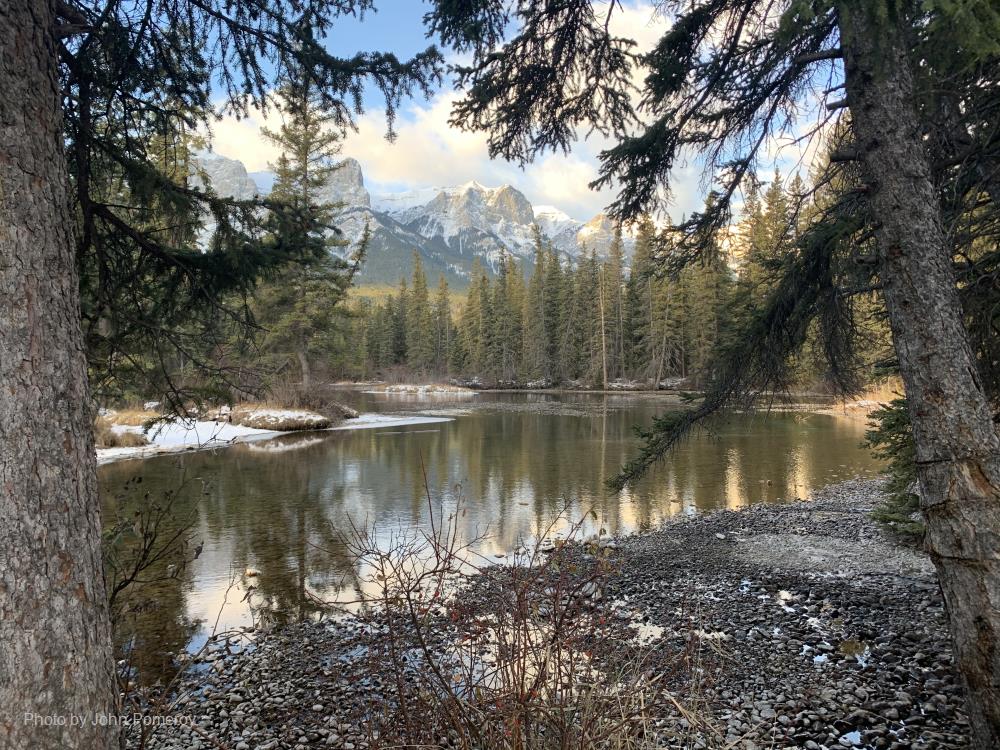
Related items loading ...
Section 1: Publication
Publication Type
Journal Article
Authorship
Anders, K., Marx, S., Boike, J., Herfort, B., Wilcox, E., Marsh, P., & Hofle, B.
Title
Multitemporal terrestrial laser scanning point clouds for thaw subsidence observation at Arctic permafrost monitoring sites
Year
2020
Publication Outlet
Earth Surface Processes and Landforms, 45, 1589- 1600,
DOI
ISBN
ISSN
Citation
Anders, K., Marx, S., Boike, J., Herfort, B., Wilcox, E., Marsh, P., & Hofle, B. (2020). Multitemporal terrestrial laser scanning point clouds for thaw subsidence observation at Arctic permafrost monitoring sites, Earth Surface Processes and Landforms, 45, 1589- 1600,
https://doi.org/10.1002/esp.4833
Abstract
This paper investigates different methods for quantifying thaw subsidence using terrestrial laser scanning (TLS) point clouds. Thaw subsidence is a slow (millimetre to centimetre per year) vertical displacement of the ground surface common in ice-rich permafrost-underlain landscapes. It is difficult to quantify thaw subsidence in tundra areas as they often lack stable reference frames. Also, there is no solid ground surface to serve as a basis for elevation measurements, due to a continuous moss–lichen cover. We investigate how an expert-driven method improves the accuracy of benchmark measurements at discrete locations within two sites using multitemporal TLS data of a 1-year period. Our method aggregates multiple experts’ determination of the ground surface in 3D point clouds, collected in a web-based tool. We then compare this to the performance of a fully automated ground surface determination method. Lastly, we quantify ground surface displacement by directly computing multitemporal point cloud distances, thereby extending thaw subsidence observation to an area-based assessment. Using the expert-driven quantification as reference, we validate the other methods, including in-situ benchmark measurements from a conventional field survey. This study demonstrates that quantifying the ground surface using 3D point clouds is more accurate than the field survey method. The expert-driven method achieves an accuracy of 0.1 ± 0.1 cm. Compared to this, in-situ benchmark measurements by single surveyors yield an accuracy of 0.4 ± 1.5 cm. This difference between the two methods is important, considering an observed displacement of 1.4 cm at the sites. Thaw subsidence quantification with the fully automatic benchmark-based method achieves an accuracy of 0.2 ± 0.5 cm and direct point cloud distance computation an accuracy of 0.2 ± 0.9 cm. The range in accuracy is largely influenced by properties of vegetation structure at locations within the sites. The developed methods enable a link of automated quantification and expert judgement for transparent long-term monitoring of permafrost subsidence. © 2020 The Authors. Earth Surface Processes and Landforms published by John Wiley & Sons Ltd
Plain Language Summary


 GWFNet
GWFNet Master
Master Data
Data Research
Research Map
Map
 Advanced
Advanced . . .
. . .

 Metadata Editor
Metadata Editor
 Record List
Record List
 Alias List Editor
Alias List Editor
 Legacy sites
Legacy sites